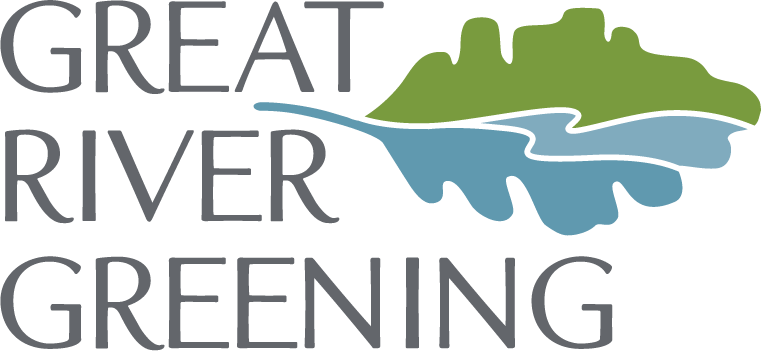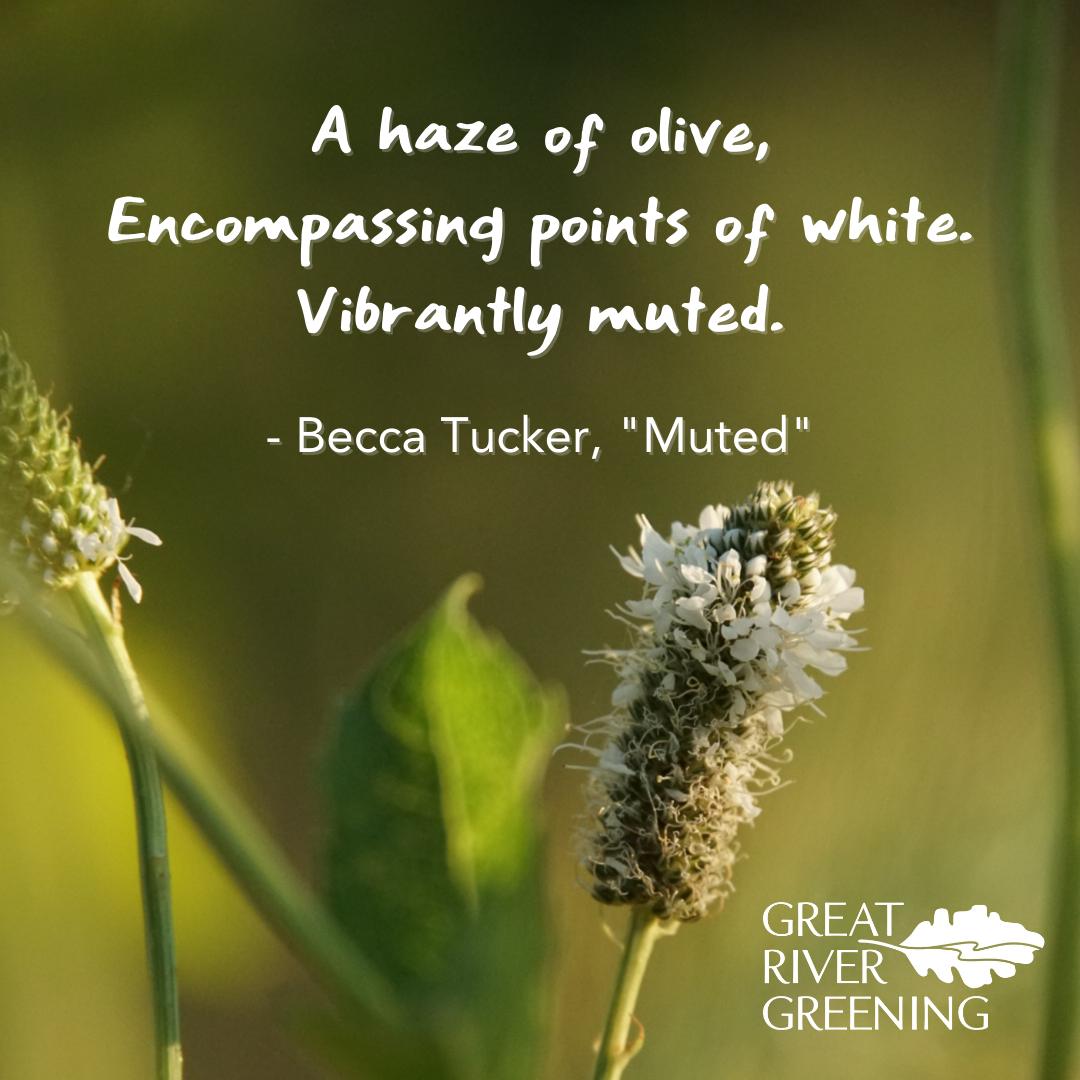International Haiku Poetry Day
Do you remember learning to write haiku in elementary school? Children in the United States are typically taught that haiku is a Japanese form of poetry that uses the following three-line format: five syllables in the first line, seven syllables in the second line, and five syllables in the third line.
However, the American poet William J. Higginson (1938-2008) provides a broader definition of haiku:
“Haiku are short imagistic poems
about things that make the reader
feel connected to nature.”
—William J. Higginson, in his essay
“Guidelines for Writing Haiku in English.”
At Great River Greening, it is our purpose to restore wonder in the world around us. Together with our volunteers, we are strengthening our natural resources by improving vital habitats. By promoting stewardship of critical lands and waters, we can be more connected to nature.
International Haiku Poetry Day (April 17) was started in 2007 and later taken on by The Haiku Foundation in celebration of National Poetry Month (April). Great River Greening staff members prepared the following haiku in honor of this celebration.
Looking for ways to get inspired?
Contributors: Julie Baumeister, Becca Tucker.
Photo Credits:
1. Dalea candida, White Prairie Clover (Becca Tucker)
2. Hackelia virginiana, Virginia Stickseed (Julie Baumeister)
3. Ratibida columnifera, Prairie Coneflower (Becca Tucker)
4. Six Mile Marsh Prairie, Minnetrista, MN (Becca Tucker)
5. Snail in Camden State Park, Lynd, MN (Julie Baumeister)





